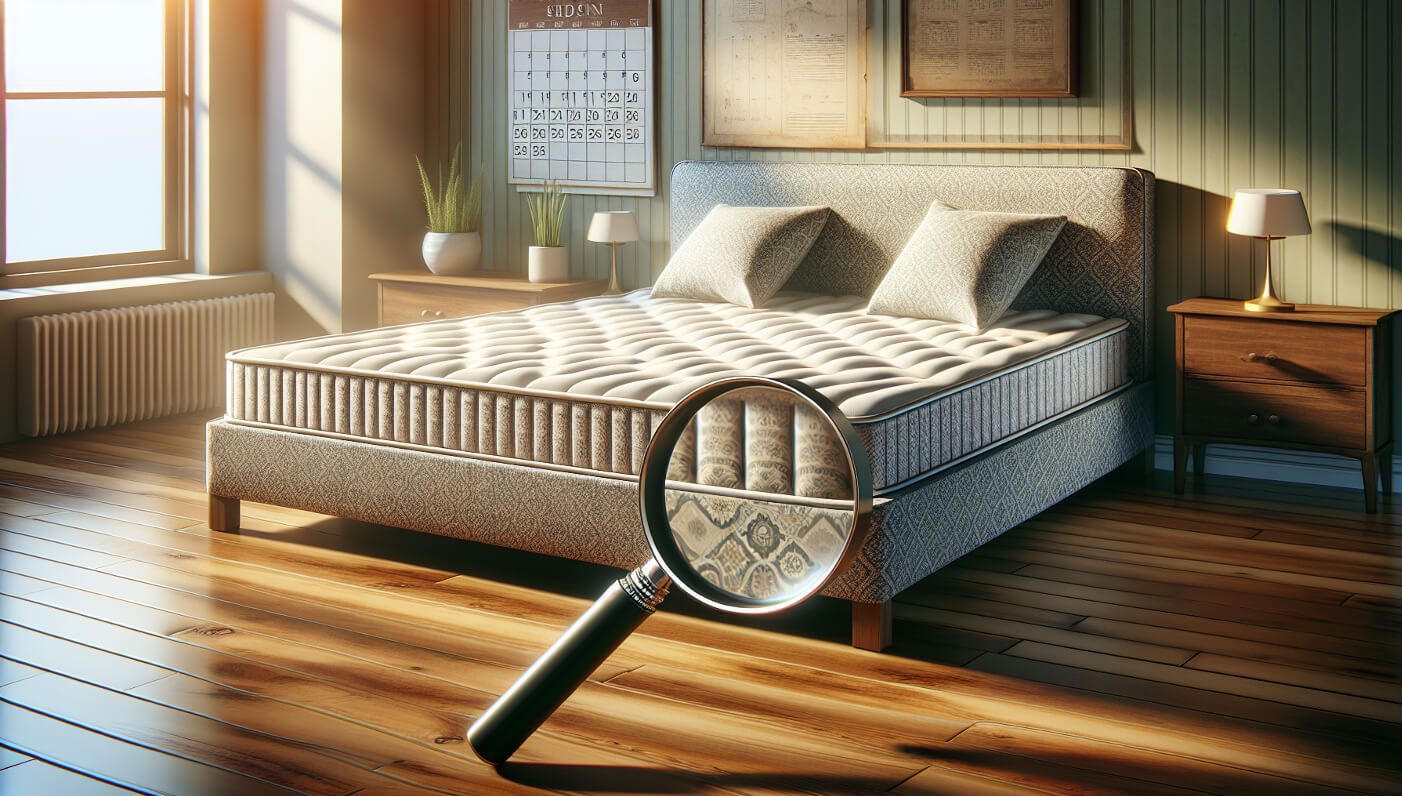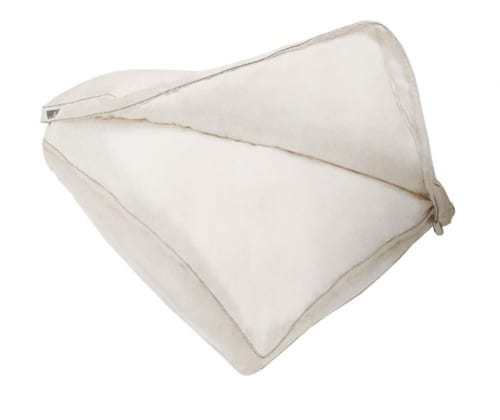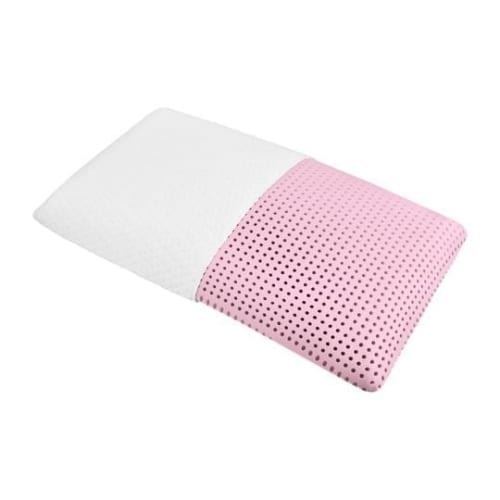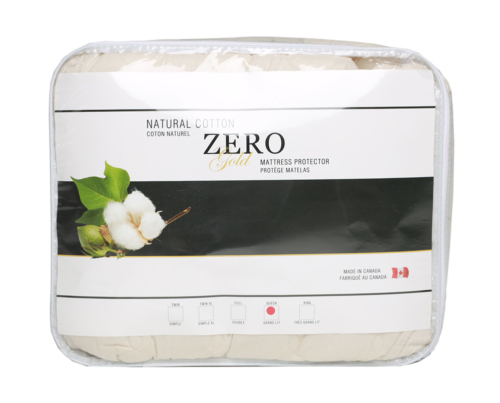
When considering the essentials for a good night’s sleep, the importance of a quality mattress is often discussed, but how long do box springs last, and what role do they play in our sleep health? A box spring is more than just a bed base; it’s a bed-sized wooden box filled with steel springs or a metal grid pattern, all wrapped in fabric, primarily serving in tandem with innerspring mattresses to provide support, absorb impact, enhance airflow, and elevate the mattress to a comfortable height. Understanding the lifespan of these crucial components, such as the box spring, mattress support, and when to replace a box spring, can significantly impact sleep quality and overall well-being.
With alternatives on the market, like foundations and platform beds designed for foam beds, offering a firm surface without the need for a traditional box spring, the question remains: how often to replace box spring to maintain optimal mattress support and sleep quality? This guide delves into the signs of a worn-out box spring, how it affects your sleep, and tips for selecting the right replacement to ensure your sleeping setup meets quality and comfort standards, aligning with both budget-conscious and quality-focused considerations.
What Is a Box Spring and Its Purpose?
A box spring serves as a critical component in a traditional bedding setup, designed to provide optimal support and enhance the longevity of your mattress. Understanding its structure and function is essential for maintaining a comfortable and supportive sleep environment:
- Structure and Design: At its core, a box spring is a bedspring that consists of spiral springs attached to a foundation, all enclosed in a cloth-covered frame. This design is not only for traditional bed frames but also adaptable to platform beds, adjustable frames, or even directly on the floor, showcasing its versatility. Modern innovations include folding box springs, made of wood or metal, that can be easily transported and assembled, offering convenience and efficiency.
- Purpose and Benefits: The primary role of a box spring is to provide a stable base that supports the mattress, absorbing impact, and reducing wear. It aids in distributing body weight evenly, extending the mattress’s lifespan by preventing premature sagging and enhancing airflow to keep the sleep surface cool and comfortable. Additionally, it elevates the bed, making it easier to get in and out, while its design allows for ventilation, reducing the risk of mold and mildew buildup.
- Compatibility and Considerations: Originally designed for innerspring mattresses to prevent sagging and absorb pressure, box springs have evolved to support various mattress types. However, they are most beneficial for traditional innerspring mattresses, with other mattress types like memory foam or latex possibly requiring different forms of support, such as platform beds with wooden slats. Various box spring types offer different heights and materials, catering to personal preferences and specific bed frame requirements.
The Impact of a Worn-Out Box Spring on Sleep Quality
Understanding the detrimental effects of a worn-out box spring on sleep quality is crucial for maintaining a healthy sleep environment. Here are some key points to consider:
- Physical Discomfort and Sleep Disturbance:
- A lack of proper support from an old box spring can lead to dips and lumps in the mattress, causing discomfort and disrupting sleep.
- This may escalate to lower back pain, sciatica, and aches in the neck and back area due to the loss of support, significantly impacting sleep quality and overall health.
- Health Concerns:
- Accumulation of allergens and dust mites in an aged box spring can exacerbate breathing problems like asthma, affecting individuals’ sleep patterns and health.
- Poor sleep quality due to an uncomfortable mattress can also lead to psychological issues, including anxiety and mood disorders.
- Signs of Replacement:
- Observable signs such as visible sagging, indentations, creaking noises, and comfort issues indicate the need for a box spring replacement.
- Damage, wear, bowing, bending, and the presence of metal coils are clear indicators that it’s time to consider replacing your box spring or foundation. Addressing these issues promptly by replacing an old box spring can significantly improve sleep quality and contribute to a healthier, more comfortable sleeping environment.
How Often Should You Replace Your Box Spring?
Determining the right time to replace a box spring involves considering several factors. Here’s a concise guide to help you make an informed decision:
- Lifespan and Quality:
- Box springs typically last 8-10 years, but high-quality materials like steel springs and dense wood frames can extend this period.
- For those weighing more, the lifespan may be shorter due to the extra pressure on the metal coils, necessitating more frequent replacements.
- Usage and Maintenance:
- The longevity of a box spring also depends on maintenance; regularly flipping and cleaning can prevent uneven wear and extend its life.
- However, visible signs of wear or damage, such as bent steel grids or broken wood framing, indicate it’s time for a replacement.
- Compatibility with Mattress:
- When purchasing a new mattress, especially hybrid or foam types, it’s advisable to replace the box spring to ensure compatibility and avoid potential issues.
- If your current box spring is less than 3-5 years old, undamaged, and has closely spaced supports, it may still be suitable for use.
Considering these factors will help ensure your box spring supports your mattress effectively, contributing to a comfortable and restful sleep environment.
Choosing the Right Replacement for Your Box Spring
When selecting the appropriate replacement for your box spring, it’s crucial to consider various factors to ensure optimal support and compatibility with your mattress. Here’s a breakdown of the essential aspects to guide your choice:
- Size and Bed Height:
- Size: Match the box spring to the width and height of your mattress for seamless integration.
- Bed Height: Determine the desired elevation for your bed to facilitate ease of access and aesthetic preference.
- Weight Capacity and Materials:
- Weight Capacity: Verify the box spring can support the combined weight of the mattress and sleepers, ensuring durability and stability.
- Materials: Opt. for hypoallergenic or organic fabrics if you have specific health or environmental considerations.
Compatibility is another key consideration, especially with modern mattresses such as memory foam, gel, or hybrid types, which may not necessitate a traditional box spring. Instead, alternatives like platform beds or foundations with wooden slats may offer a more suitable support system. Additionally, when upgrading your mattress, it’s advisable to assess whether your current box spring or foundation meets the new mattress’s support requirements to maintain its supportive qualities. Always consult the mattress manufacturer’s recommendations to select the best foundation type, ensuring it aligns with warranty stipulations.
Conclusion
Throughout this article, we explored the crucial role of box springs in ensuring a restful night’s sleep, highlighting their structure, purpose, and signs of wear that indicate a need for replacement. Emphasizing the lifeline of roughly 8-10 years, we delved into factors such as compatibility with different mattress types, maintenance habits, and selection tips for replacements, all aimed at prolonging the comfort and health benefits of your sleep environment. The discussions underscored not only the importance of a supportive bed foundation but also the broader implications on sleep quality, physical health, and overall well-being.
As we conclude, remember that recognizing the signs of a worn-out box spring and understanding when to replace it are pivotal in maintaining an optimal sleeping setup. Opting for the right box spring can significantly contribute to the longevity of your mattress and, by extension, your sleep satisfaction. We encourage readers to assess their own box springs in light of the information shared, bearing in mind the broader significance of a well-chosen foundation in achieving a good night’s sleep. This reflection not only reinforces the vital contribution of box springs to our bedroom’s ecosystem but also calls for thoughtful consideration in their maintenance and replacement for enduring comfort and support.
FAQs
Yes, box springs can deteriorate over time. The signs of wear and tear to look out for include cracks, warping, or any noises when pressure is applied. On average, a box spring lasts about 10 years before it needs to be replaced.
Indeed, box springs can become defective. The lifespan of a box spring varies significantly based on its quality; a lower-quality box spring might only last a few years, whereas a higher-quality one could last well beyond a decade. Generally, most box springs have a lifespan of approximately eight to 10 years.
The expected lifespan of a box spring ranges based on its quality. A high-quality box spring or foundation is likely to last up to 10 years, while options of lower quality might not last more than five years. This underscores the importance of opting for a box spring crafted with superior quality to ensure longevity.
Replacing your box spring is necessary if it shows any signs of damage or wear, such as cracks, tears, bending, bowing, or creaking noises. Using a damaged box spring can compromise the integrity of a good mattress, as well as disrupt your sleep quality, emphasizing the need for a sturdy foundation.






